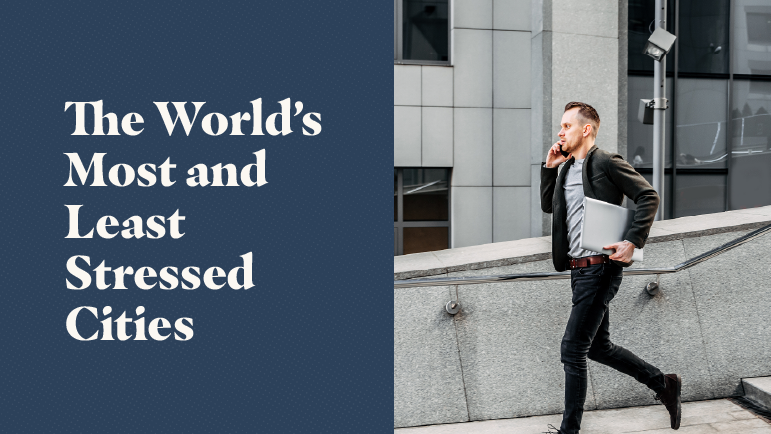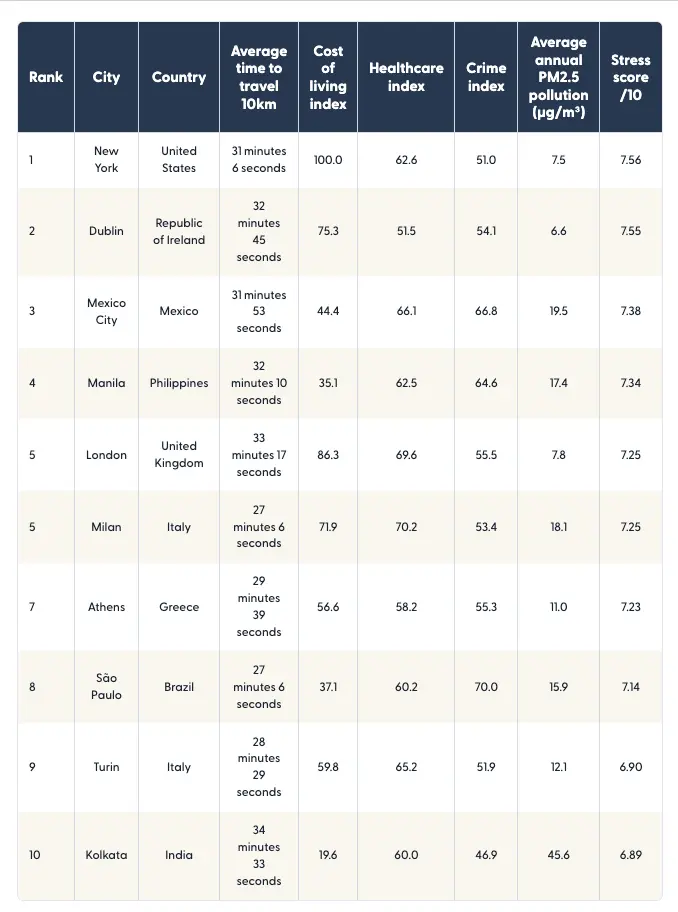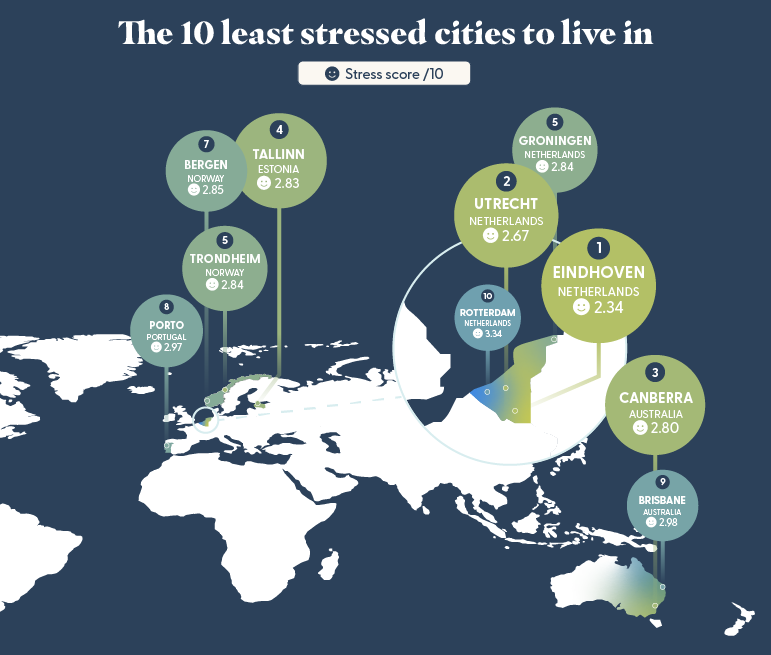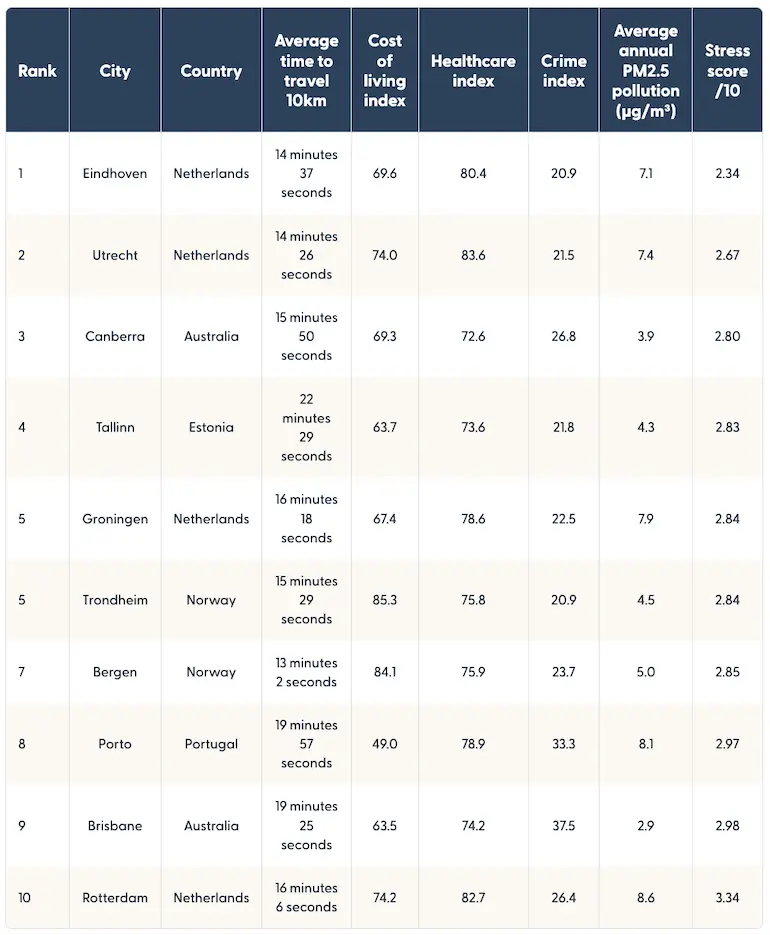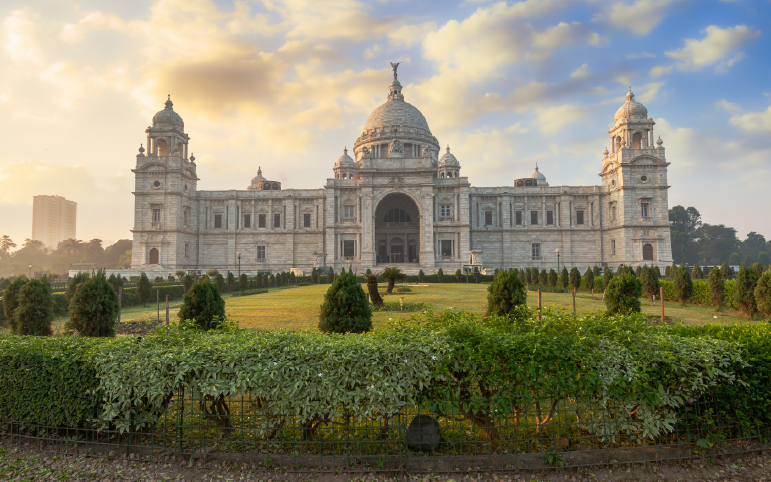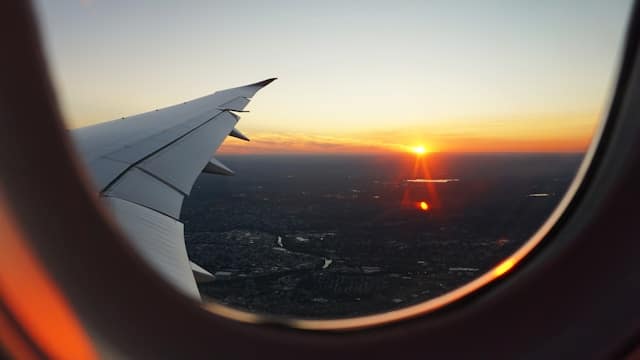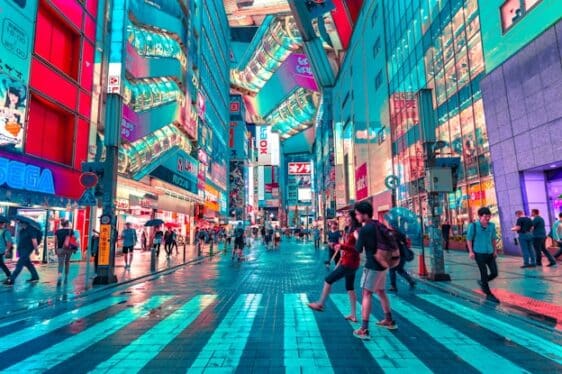Must-see European cities for 2025
Explore Europe’s most iconic and culturally rich cities — from the romantic streets of Paris and historic ruins of Rome to the canal charm of Amsterdam and the musical elegance of Vienna. These top picks offer a perfect mix of history, art, and unforgettable experiences.
Discover the best European cities to visit in 2025